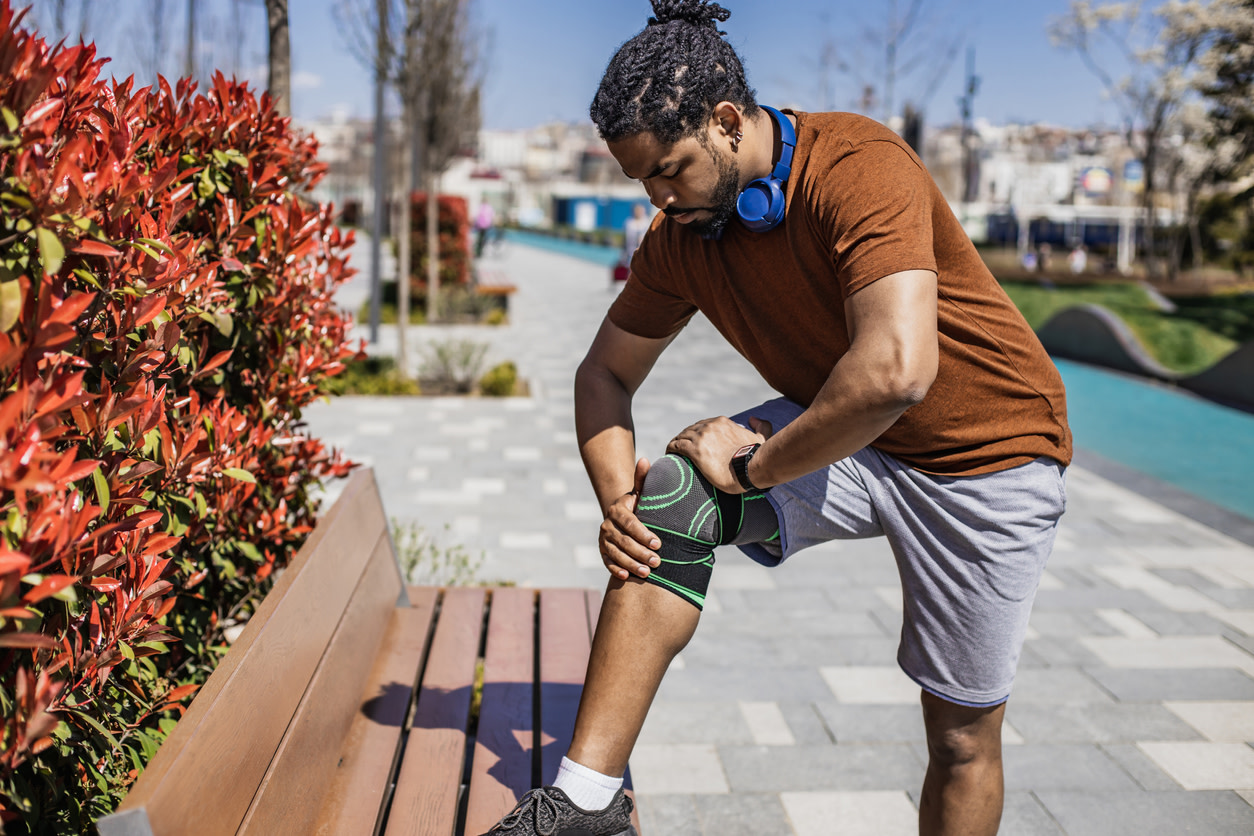Lesiones comunes de rodilla: causas, tratamientos y ejercicios para aliviar el dolor
Aprende sobre algunas de las lesiones de rodilla más comunes y qué puedes hacer para prevenir y controlar el dolor, especialmente con ejercicios de fisioterapeutas.
$0 costo para usted
Fecha de Publicación: May 18, 2023
El índice
Fully covered knee pain relief
Find relief from knee pain, knee locking, stiff knees, & more.
Check if I'm eligible